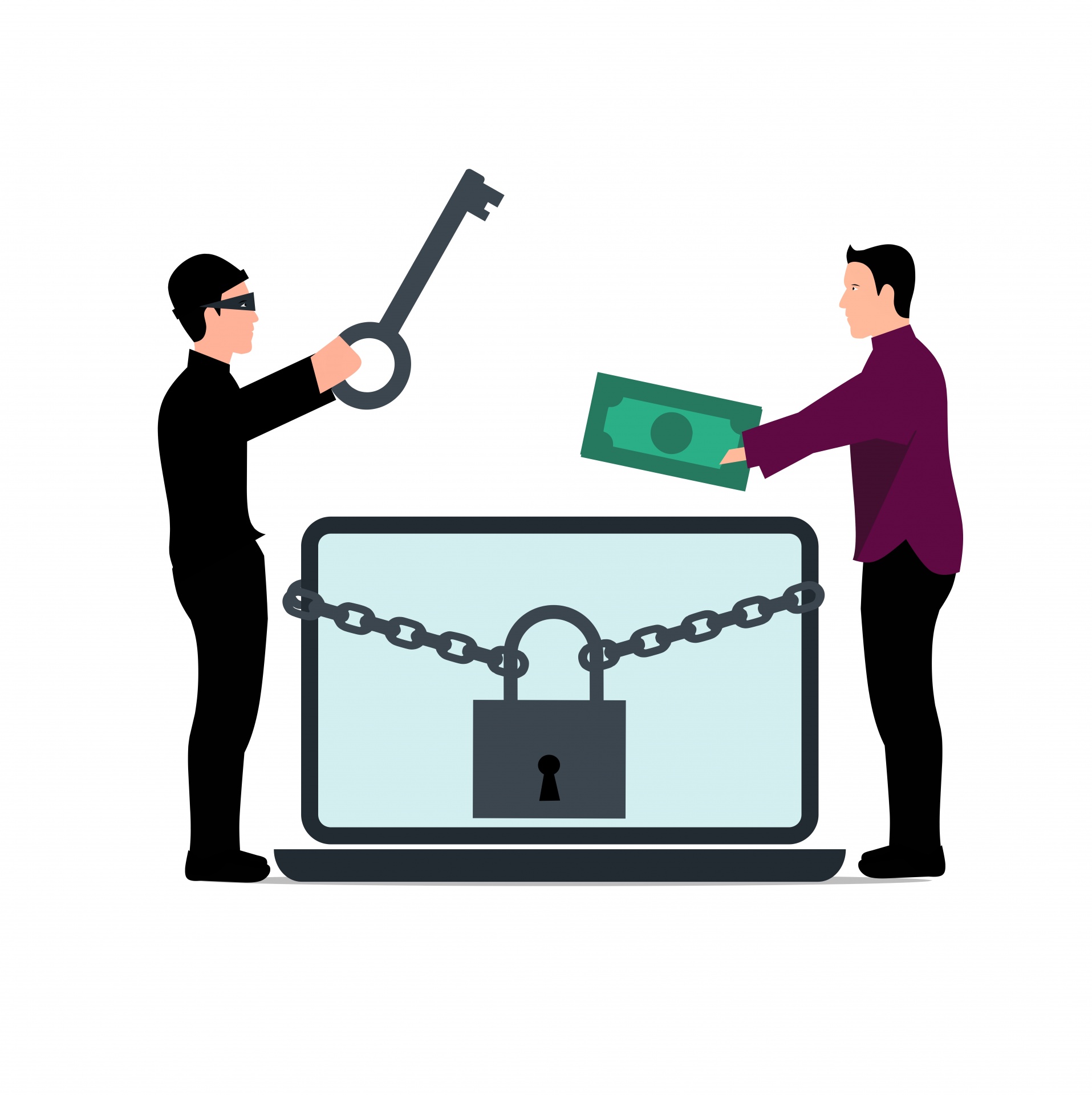Contents
Ransomware attacks are one of the most common types of cyber threats where the victim’s device gets locked by the hacker. It remains completely padlocked unless some amount is paid as ransom by the victim to the attacker. The sad part is there is no guarantee that you will get back access to your device, even after paying the money.
Lately, there has been a ridiculous upsurge in Ransomware attacks. It’s said to have risen by 13% in the five years. In fact, in each attack, the average cost of ransom was charged aboutt $1.85 million per incident.
So, how to spot a Ransomware attack and recover from it? Let’s find out:
Identifying a Ransomware Attack

The below points are indicators of a Ransomware attack, and you must be aware of the same:
File Extensions
Attackers always target the victims with a Ransomware encrypted file extension. Earlier, they all used more or less similar file extensions like .crypt to attack the system. But now they have become smarter. They use known file extensions that you may not find suspicious. So be aware and use file activity monitoring for vulnerable files.
Suspicious Logins
If you are noticing consistent incorrect logins with no obvious reason, then it could be a sign of a Ransomware attack. Meanwhile, be aware of logins from any unknown locations or IP addresses. Watch out for multiple logins from different countries within a short time period.
Disabled Active Directory
You must also look out for any disabled active directory, and many times hackers use Active Directory to access/encrypt the hosts that are connected to the same. They may get domain access and affect the associated domain-jointed system.
Phishing Emails
Ransomware attacks start from phishing emails. It’s a type of fraudulent practice where hackers send malicious emails to scam people and get their financial information, credentials, or sensitive data. So beef up your email security and monitor any suspicious emails.
Others
- Attempts to corrupt backups
- Check for presence of hackers tools like MimiKatz and Microsoft Process Explorer for hacking credentials
- Disabled security software
- Encryption of a few devices.
How to Recover from a Ransomware Attack?
To recover from the Ransomware attack, the first thing you should do is not pay the ransom amount. That’s the worst thing you can do (due to panic, of course), as you may spend a fortune and still not gain access to your files.
Additionally, if you pay the ransom, your system may get more vulnerable to attacks as the malware may still be on your servers.
So, never pay the ransom. Instead, connect with professional ransomware recovery support and protection services providers and ask for help. As they have full-on expertise in handling such cyber vulnerabilities, they can instantly help you to rescue the situation.
They can handle the situation in three steps:
- Evaluation: Access and evaluate the device at a certified laboratory
- Review and recovery: Recover the data and send it for review
- Data restoration: Return your device with all restored data
To get such incredible assistance, you can connect with experts like SalvageData recovery service. As they provide 24*7 data recovery assistance (with a 96.7% success rate), you can stay assured of efficient restoration of all lost, corrupted, deleted, and inaccessible files.
Hopefully, now you know to identify and recover from a Ransomware attack. Try the above steps and stay safe from cyber threats.



